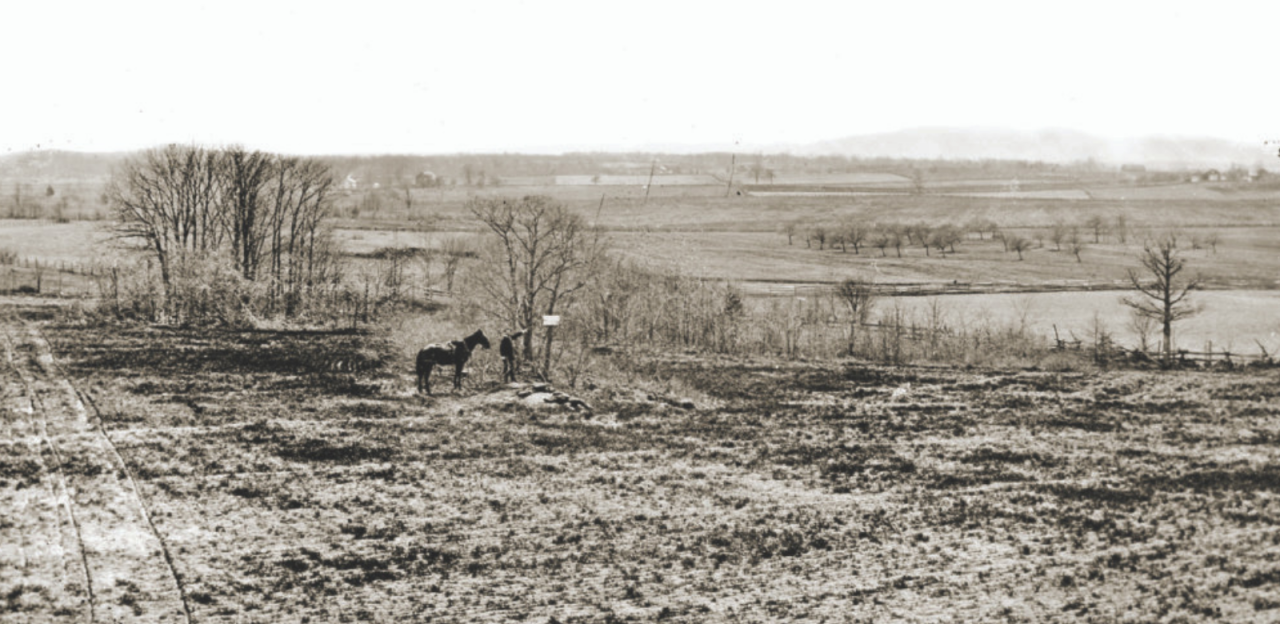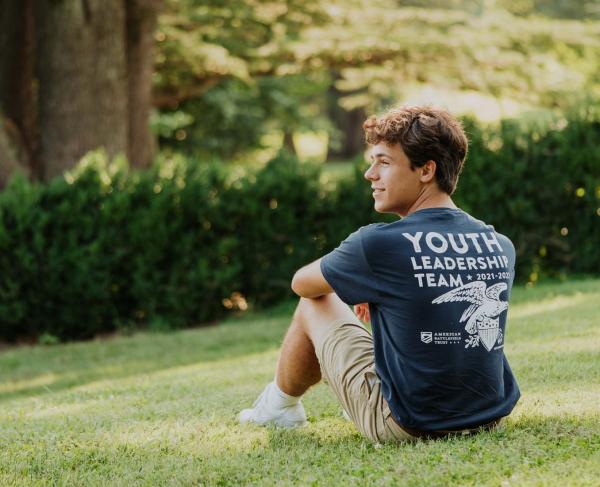Remembering The Angle

Lieutenant George Benedict
12th Vermont
“Post Pickett’s Charge Account from near the Angle”
In the open grounds in front of our lines on the centre and left, multitudes of the dead of both armies still lay unburied, though strong burial partiers had been at work for twenty-four hours. They had died from almost every conceivable form of mutilation and shot-wound. Most of them lay on their backs, with clothes commonly thrown open in front, perhaps by the man himself in his dying agony, or by some human jackal searching for money on the corpse, and breast and stomach often exposed. The faces, as a general rule, had turned black – not a purplish discoloration, such as I had imagined in reading of the “blackened corpses” so often mentioned in descriptions of battle-grounds, but a deep bluish black, giving to the corpse with black hair the appearance of a negro, and to the one with light or red hair and whiskers a strange and revolting aspect. In the woods on our right, where the long musketry fight of Friday forenoon raged, I found the rebel dead (our own having been mostly buried) literally covering the ground. In a circle of fifty feet radius as near as I could estimate, I counted forty-seven dead rebels. The number of the enemy’s dead in two acres of that oak grove, was estimated at 2,000, and I cannot say that I think it exaggerated.
Benedict, George. Army Life in Virginia. Burlington, VT: Free Press Association, 1895. pp. 190-191.
Private John Haley
17th Maine
Though not engaged in the action at the Angle on July 3, Haley was on Pickett Duty near there and wrote this reminiscence.
The dead lay everywhere, and although not a half day has passed since they died, the stench is so great that we can neither eat, drink, nor sleep. Decomposition commences as soon as life is extinct… The dead are frightfully smashed, which is not to be wondered at when we consider how they crowded up onto our guns, a mass of humanity, only to be hurled back an undistinguishable pile of mutilated flesh, rolling, and writing in death.
No tongue can depict the carnage, and I cannot make it seem real: men’s heads blown off or split open; horrible gashes cut: some split from the top of the head to the extremities, as butchers split beef.
Haley, John. The Rebel Yell and Yankee Hurrah: A Civil War Journal of a Maine Volunteer. Edited by Ruth Silliker. Camden, ME: Down East Books, 1985. p. 107.
Related Battles
23,049
28,063


